Your Guide to Getting a Roof Inspection
If you’ve noticed anything suspicious with your roof, or it’s been a while since you’ve checked up on it, there could be something big that’s causing...
Starting off a roofing project can be difficult, and especially confusing for homeowners who haven’t gone through it before. What makes the process all the more unsettling, is that typically it starts when a problem is already wreaking havoc, and causing large amounts of damage to your roof.
When damage like this occurs, you may find yourself thinking ahead to everything that is about to start happening. “Am I going to need to replace the entire roof? How much is that going to cost me? How long is that gonna take? Am I gonna get ripped off?” Don’t worry, take a moment to think.
There’s only one true step you can take to start your roofing process, no matter what has happened to your roof: getting it inspected. All of those other questions can be answered later, but first, you need to find out what’s going on with your roof, and what it might take to fix it.
By getting your roof inspected by a professional, you can learn what likely caused the damage to your roof, the extent of that damage, and the costs that will be associated with getting it repaired.
If you want to learn more about what actually should happen during a roof inspection, this blog’s for you!
Today we’re going over what your roof inspector should be looking for while inspecting your roof:
Let’s get started!
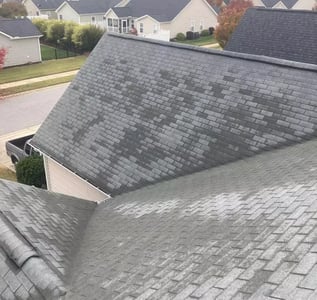
The shingles on your roof are the most outward part of your roof system, and as such, they have to be the strongest part of it. Asphalt shingles are the most common roofing material in the country, so we’ll be focusing on those for this blog. When up on your roof, the roof inspector will check to see how much granules your shingles have lost. Granule loss is a good indicator of how old your shingles are, and how much life they may have left in them.
At the same time, they will be looking for any cracks, chips, or missing patches of shingles. All of these symptoms could let your inspector know that your roof has received some storm damage over the years. If they see your shingles have warped, and are curling up at the edges, they will know that the sealant keeping them attached to the roof is starting to lose its grip, making it more likely for the shingles to blow up off the roof.
On your roof, there are several areas where leaves, sticks, and other kinds of debris will collect, and cause harm to your roofing materials. Places where two surfaces of the roof meet in valleys, around your penetrations, and at your gutters. Typically, roofs are installed with extra protection in these areas with flashing around penetrations, and ice and water shield in the valleys.
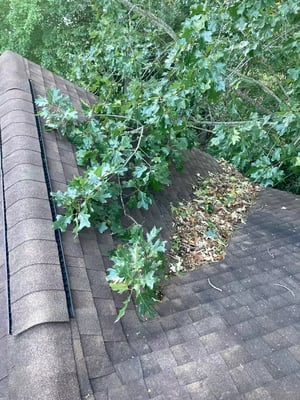
Even still, if debris starts to pile up in your valleys, some pretty nasty effects can begin to develop. As leaves collect, they provide a place where water can be trapped against the roof and will stay there for a long time. If you haven’t ever picked up a pile of wet leaves a few days after rain, let me tell you, they don’t really dry up at all under there. That happening on your roof can be bad news for your shingles. That water will find any way it can to get underneath your shingles, so if there are any small cracks or openings, it will slip through and down to the next level of defense, if that was installed properly. The major risk here is that you may have some water damage to your roof decking, which can weaken the rest of your roofing system.
Debris also frequently collects in your gutters. Gutters, as many of you probably know, are designed to take the water that runs off of your roof, and move it down to the ground in an area where its impact can be minimized. If your gutters get clogged and can’t do their job effectively, you can run into a couple of problems that you’ll need to address. In some cases, the water may back up onto the roof, which will provide the same decking damage as it would under trapped leaves. Another issue that may happen, is that the clog may cause water to spill over the side of the gutters, and down to the ground. If that happens, not only will it mess up your landscaping, but it will weaken your home’s foundation in that area.
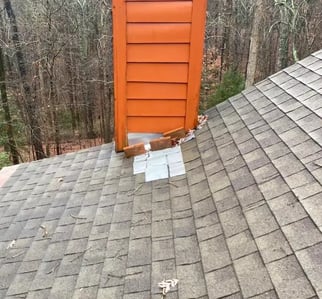 At your roof’s penetrations (pipes, chimneys, vents, etc), your inspector will be primarily looking at the flashing that protects the area around the penetration where it meets your roof. The penetrations themselves can sustain damage that causes leaks, but damage more often occurs at the flashing, which is usually made of a malleable and soft metal.
At your roof’s penetrations (pipes, chimneys, vents, etc), your inspector will be primarily looking at the flashing that protects the area around the penetration where it meets your roof. The penetrations themselves can sustain damage that causes leaks, but damage more often occurs at the flashing, which is usually made of a malleable and soft metal.
Flashing can be damaged after a strong storm where hail or debris hits it, causing it to tear or break. Damage also happens frequently here when the flashing isn’t installed properly, as it will come loose or bend when exposed to the elements, and open up the area around the penetrations for leaks.
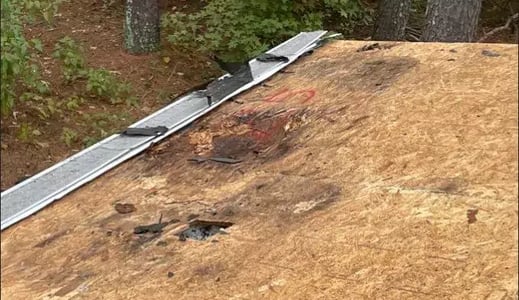
After being up on the roof, your inspector may want to get into your attic to check the condition of your roof decking. All of the issues we’ve been talking about so far can lead to water leaking onto your roof decking, and damaging it. If water has started to get into it, there might be patches of darker, wet decking that can be seen from the underside of the roof.
If there are multiple patches like this, there’s a solid chance that you will need a roof replacement in order to start from a clean slate, and a more solid roof structure. Roofing materials are heavy, and if the decking starts to take water, it won’t be able to hold it up nearly as well as it could at full strength. This increases the load on your roof structure, and increases the risk of having your roof collapse in, especially during strong storms.
While checking up on the underside of your decking, your contractor should also investigate your attic’s ventilation. Attics are vented in several different ways, but in order to ensure that they have proper airflow, they must have the same amount of air coming in as they do going out. This can be difficult to gauge, but a professional roof inspector should be able to tell if your attic is properly ventilated or not.
If your ventilation isn’t properly calibrated, your attic will retain a lot more heat and humidity than it needs to, leading to an increase in energy consumption for your air conditioning, and condensation building up in your roof decking.
Now that you’ve learned some more about what happens during a roof inspection, your next step is to call out a roofing contractor to perform this service. But how should you go about finding the right fit for you?
Always look for someone local, with strong visibility in your area, and a good track record of customer service. If you need some more tips, we’ve written a blog on How to Find a Great Local Roofing Company, so give it a look!
On Tops Roofing has been inspecting, repairing, and replacing roofs in Raleigh, North Carolina since 1991. Our experience has made us ready for any kind of roof damage that we may come across. If you need help with a roofing project, give us a call!
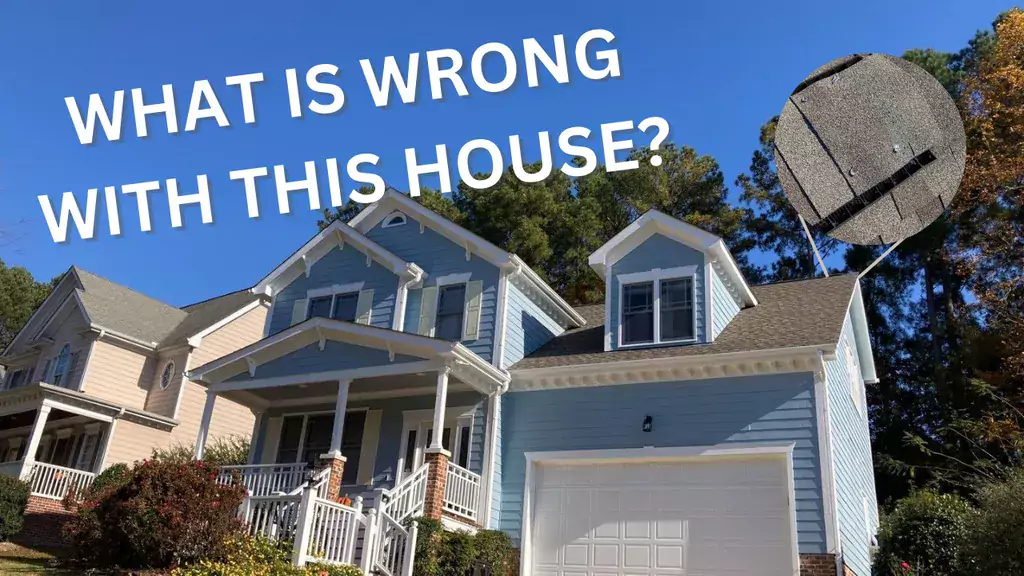
If you’ve noticed anything suspicious with your roof, or it’s been a while since you’ve checked up on it, there could be something big that’s causing...
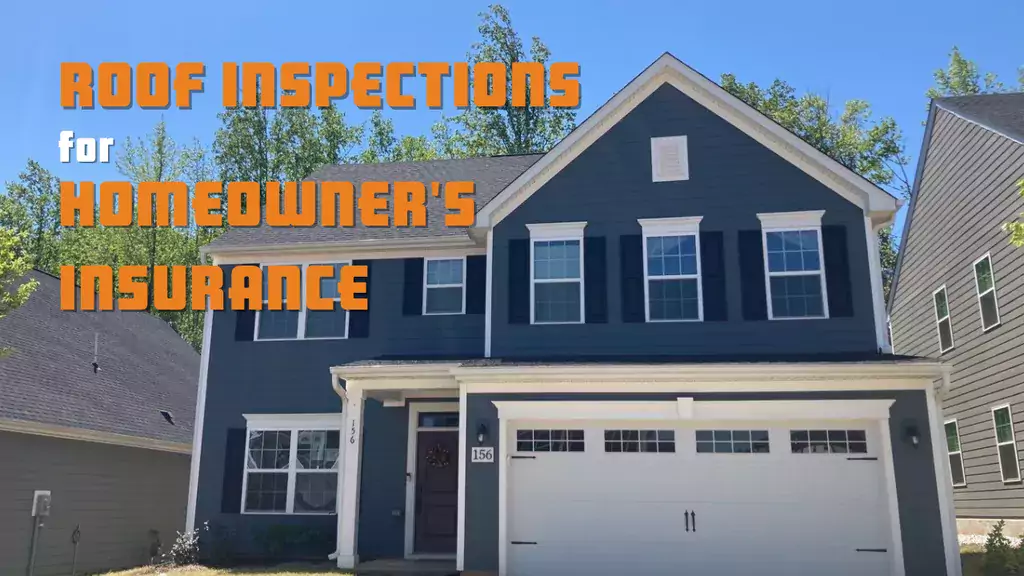
If you're dealing with a storm-damaged roof or in the process of securing a new homeowner's insurance policy, chances are you'll need a roof...
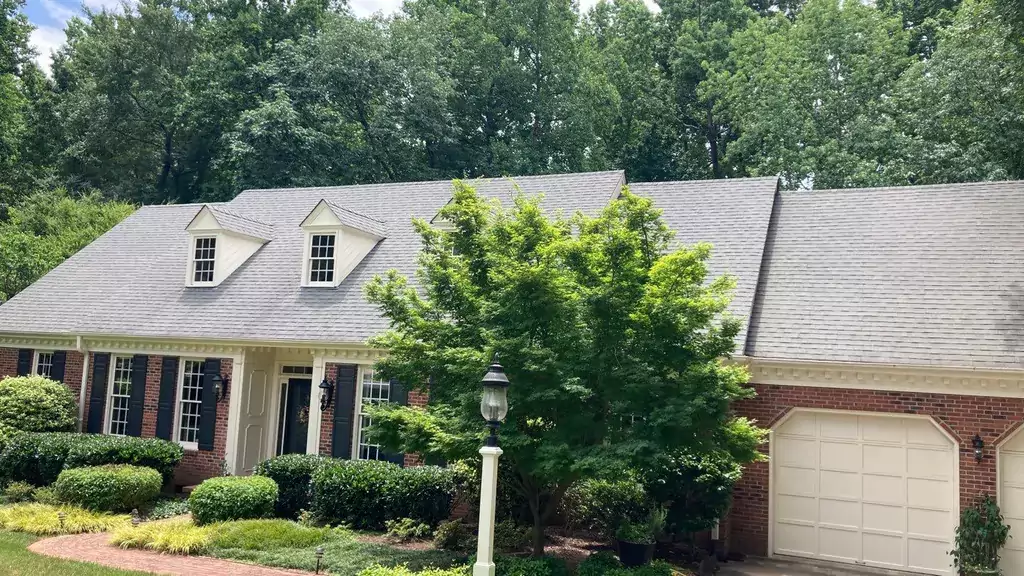
The first step of any good roof replacement, or repair, is getting your roof inspected.